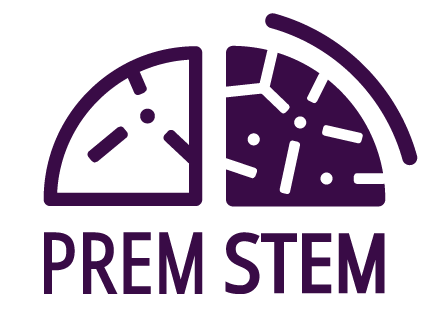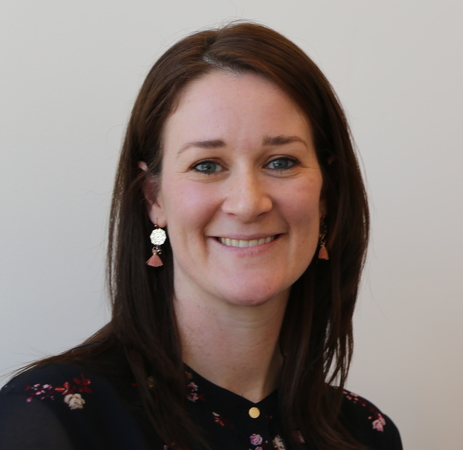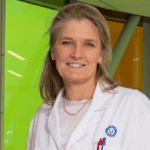What is your area of research specialism and what attracted you to it?
Stem cells hold great promise to treat a range of human conditions including brain injury. This is a relatively new and fascinating area of research that could revolutionise the way we consider, and treat, a whole host of conditions. Furthermore, stem cell research has been identified as a research priority by the cerebral palsy community.
In my role as Senior Stem Cell Research Fellow, I collaborate with researchers, clinicians and members of the cerebral palsy community to build capacity for stem cell research for cerebral palsy in Australia, particularly in clinical trials. Working in an exciting, fast-paced area of research, backed by those who could potentially benefit the most from this work, is truly inspiring.
What has been your proudest research accomplishment so far?
In 2018 I founded a ‘reference group’ to facilitate engagement of the cerebral palsy community in our stem cell research program. This group has been an important platform for members to have their say and provide valuable input to shape decisions about research priorities, specific research questions and help design new projects by contributing their ideas and lived experience.
What is the most important question you want to address in your research?
Ultimately, I want to address how stem cell therapies can be harnessed to improve outcomes for people at risk of, or who are living with, cerebral palsy. Currently, there are very few options for the effective treatment of cerebral palsy, and most focus on symptom management rather than helping to repair the brain. I am frequently asked by members of the cerebral palsy community what role stem cells might play in the treatment of cerebral palsy in the future, and I would love to have some more answers for them.
What is your lab’s role on the PREMSTEM project?
We are helping to coordinate the consumer/patient engagement activities for PREMSTEM. In particular, we want people with lived experience of cerebral palsy to be involved in helping to increase the visibility and impact of PREMSTEM through effectively communicating our research findings to the broader public. Getting results is only the first part of the job. Just as important is making sure we share these research findings with the wider community to catalyse long-lasting impact.
What is innovative about PREMSTEM? Why is this research important?
PREMSTEM brings together a large group of global research leaders working across many fields, all focused on a common goal – improving outcomes for babies born too soon. This work will help to increase our understanding of how stem cells can be harnessed to treat brain injury, and hopefully one day, lead to an effective therapy for this at risk population.
What is the most significant outcome you hope PREMSTEM can achieve?
My hope is that, at the conclusion of the five-year PREMSTEM project, we can deliver a cell treatment that is ready to be tested in humans. This would represent an impressive body of work that opens up the possibility of delivering new cell treatments to those who need them most.






